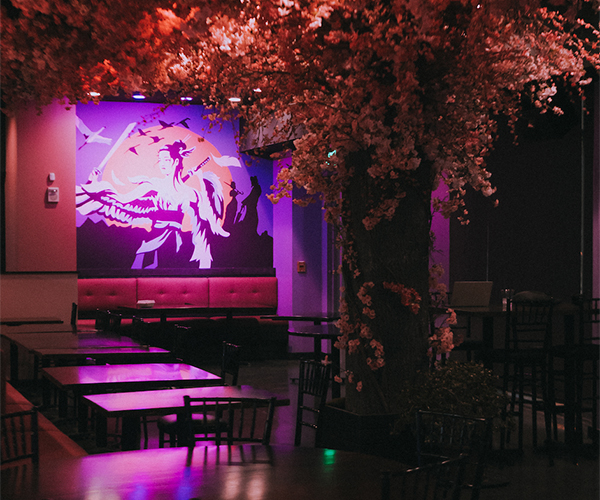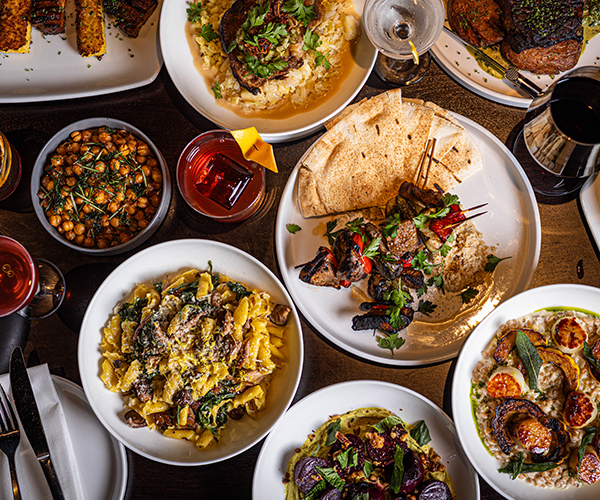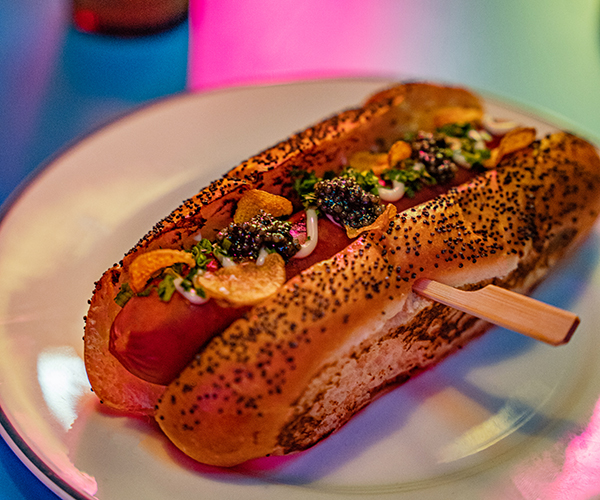When you open a restaurant with a name like Thyme, you’d better be sure your food has plenty of flavor. Chef John Kolar’s Medina restaurant, named for the herb, more than succeeds.
As a chef under Jean-Georges Vongerichten at Vong in New York City, Kolar trained on a whole new set of flavors. Vongerichten taught him that there was a lot more to work with than salt and pepper, and that there was no reason Kolar couldn’t take his big-city skills back to Cleveland.
“When I create a dish here I want big flavor. But I think a lot of people get confused and think big flavor means a lot of seasoning,” says Kolar. He often experiments with sauces, most of which land on the menu — though some, like a rhubarb-coriander-coconut sauce meant for halibut, “never made it out of the kitchen.”
“It was one of those things that I thought would knock your socks off, but it didn’t work at all,” he says. The rhubarb experiment was far too acidic and tart. Instead, he brushed the fish with a miso glaze, doused it in a carrot-ginger broth and topped it with pickled red onions. The miso gives the dish a salty sweetness, the carrot provides sweetness, the ginger gives it heat and the onions bring the tartness.
He loves using subtle ingredients to bring out big flavors, such as the sweet and sour he derives from tamarind, one of his favorite ingredients.
So why are we eating at “Thyme” rather than “Tamarind”? “Thyme is floral and fragrant, though it is considered the least sexy of all herbs. But it is the backbone of the herb world — at least it is in my cooking,” he explains.
As a chef under Jean-Georges Vongerichten at Vong in New York City, Kolar trained on a whole new set of flavors. Vongerichten taught him that there was a lot more to work with than salt and pepper, and that there was no reason Kolar couldn’t take his big-city skills back to Cleveland.
“When I create a dish here I want big flavor. But I think a lot of people get confused and think big flavor means a lot of seasoning,” says Kolar. He often experiments with sauces, most of which land on the menu — though some, like a rhubarb-coriander-coconut sauce meant for halibut, “never made it out of the kitchen.”
“It was one of those things that I thought would knock your socks off, but it didn’t work at all,” he says. The rhubarb experiment was far too acidic and tart. Instead, he brushed the fish with a miso glaze, doused it in a carrot-ginger broth and topped it with pickled red onions. The miso gives the dish a salty sweetness, the carrot provides sweetness, the ginger gives it heat and the onions bring the tartness.
He loves using subtle ingredients to bring out big flavors, such as the sweet and sour he derives from tamarind, one of his favorite ingredients.
So why are we eating at “Thyme” rather than “Tamarind”? “Thyme is floral and fragrant, though it is considered the least sexy of all herbs. But it is the backbone of the herb world — at least it is in my cooking,” he explains.



